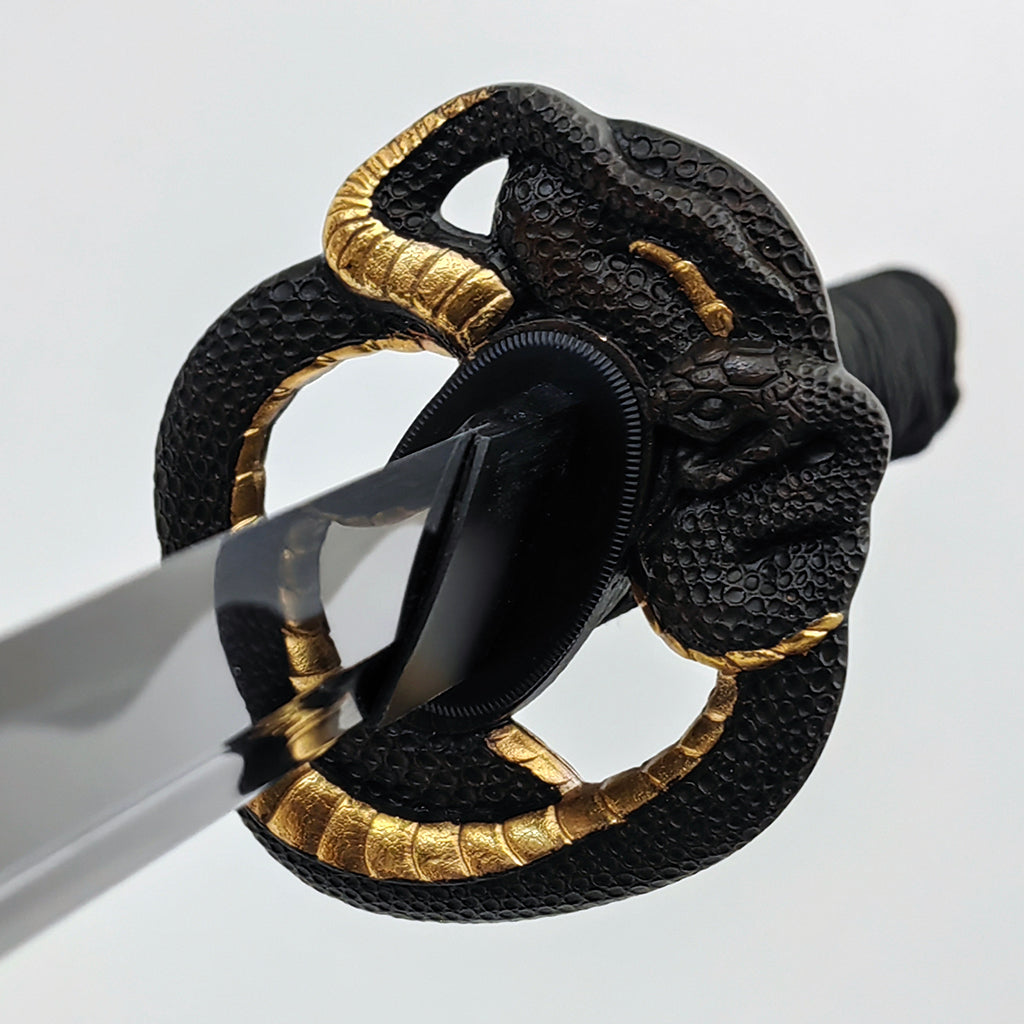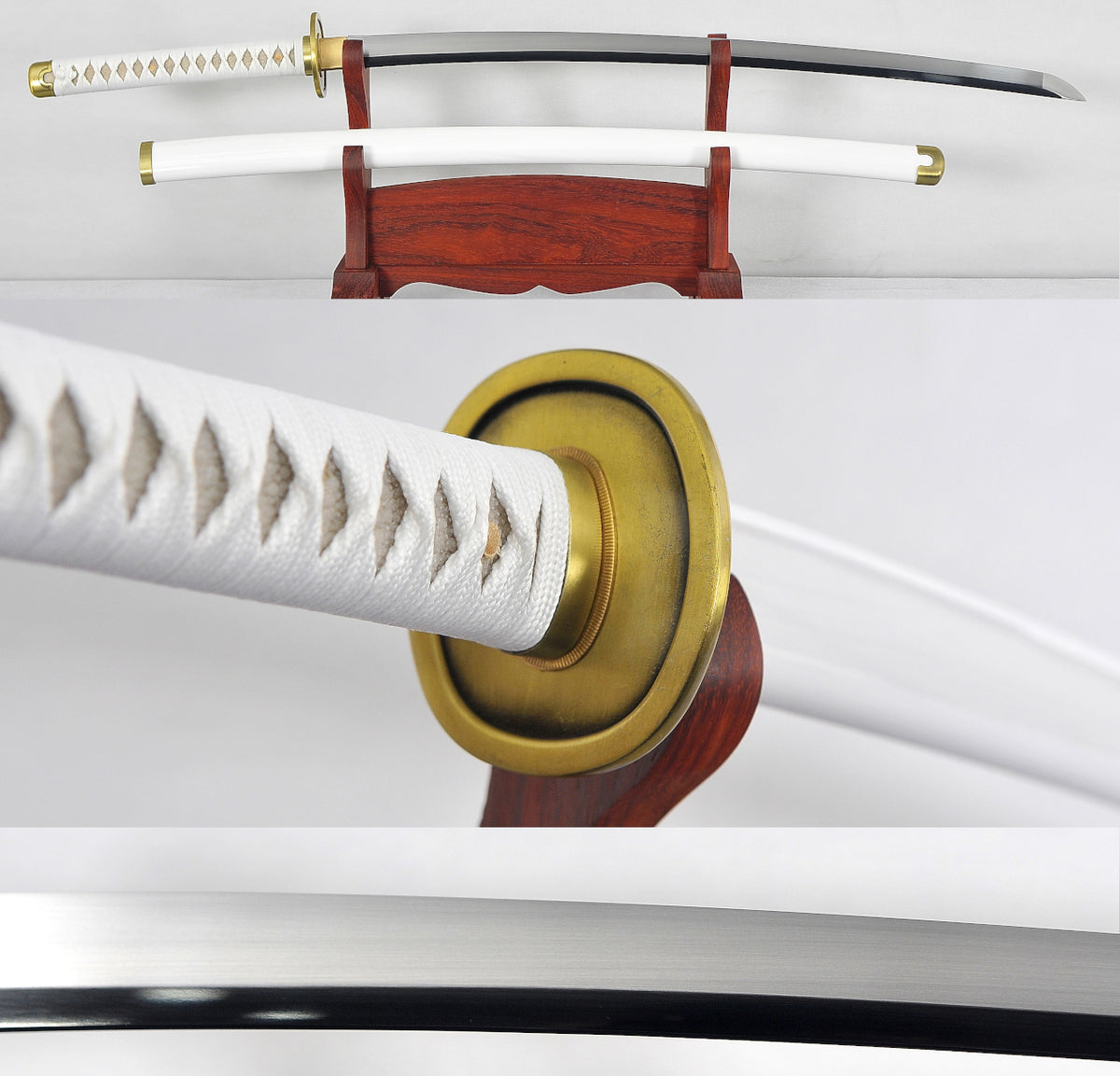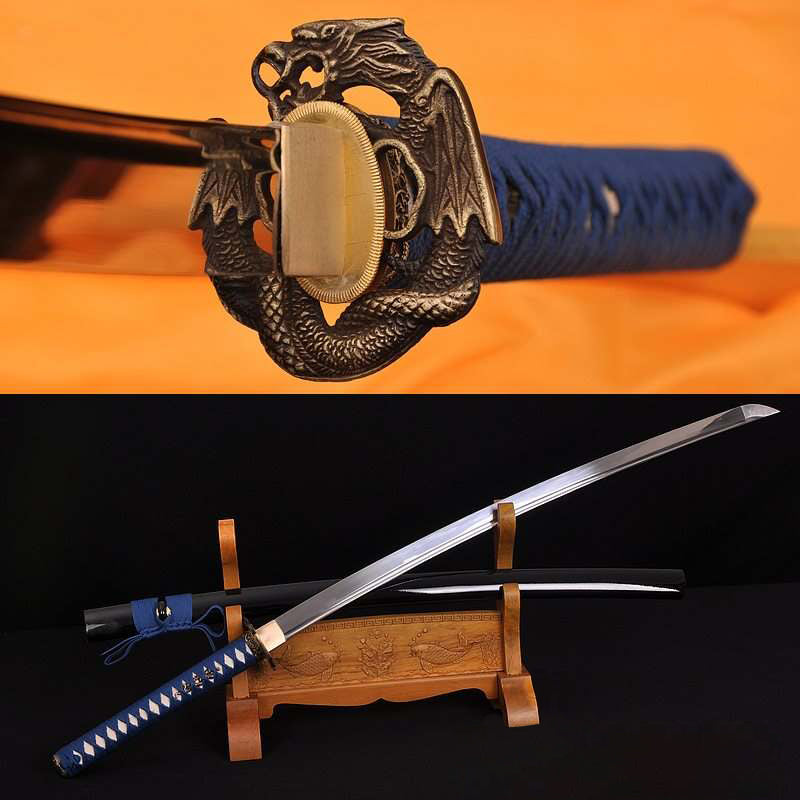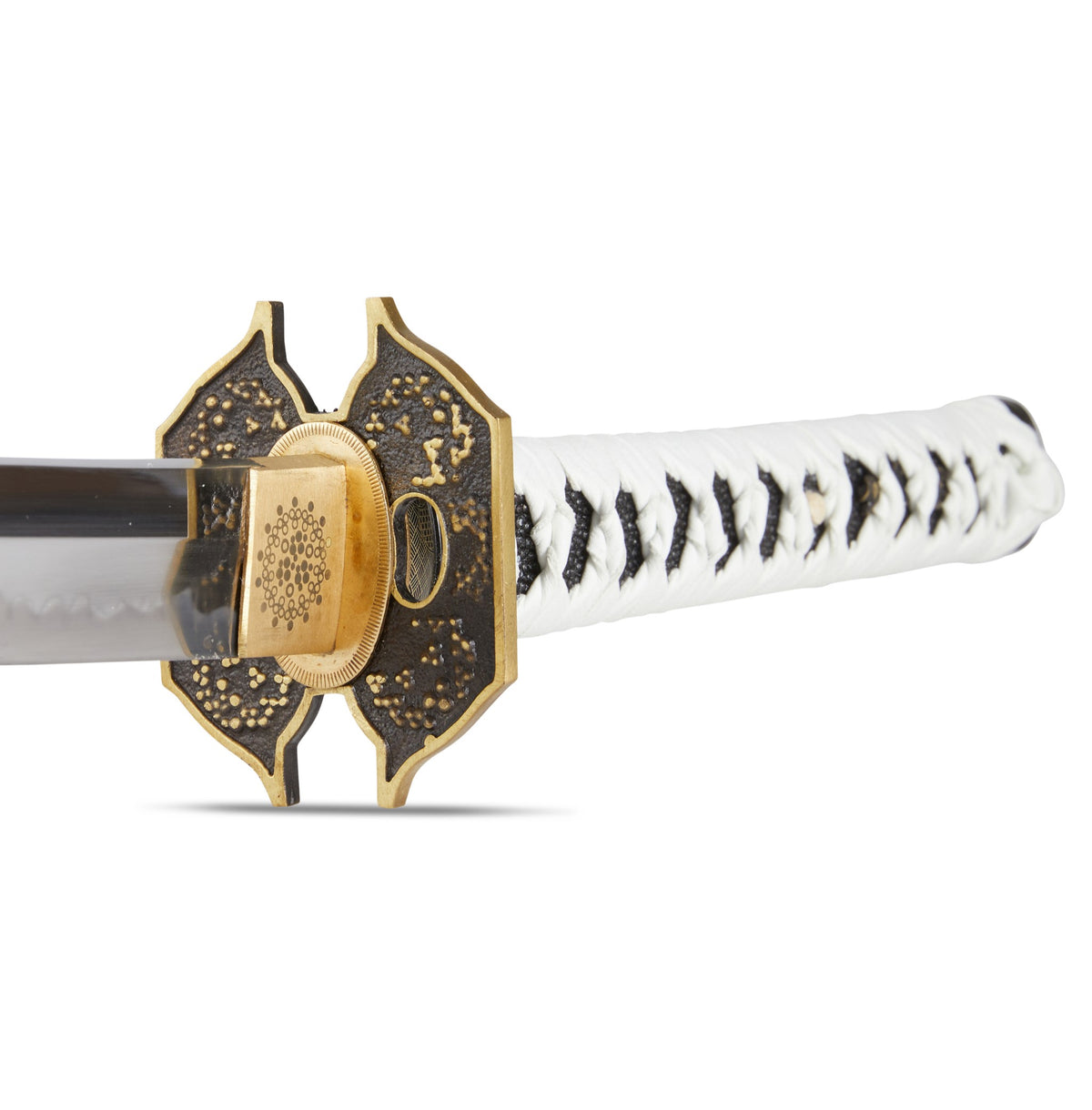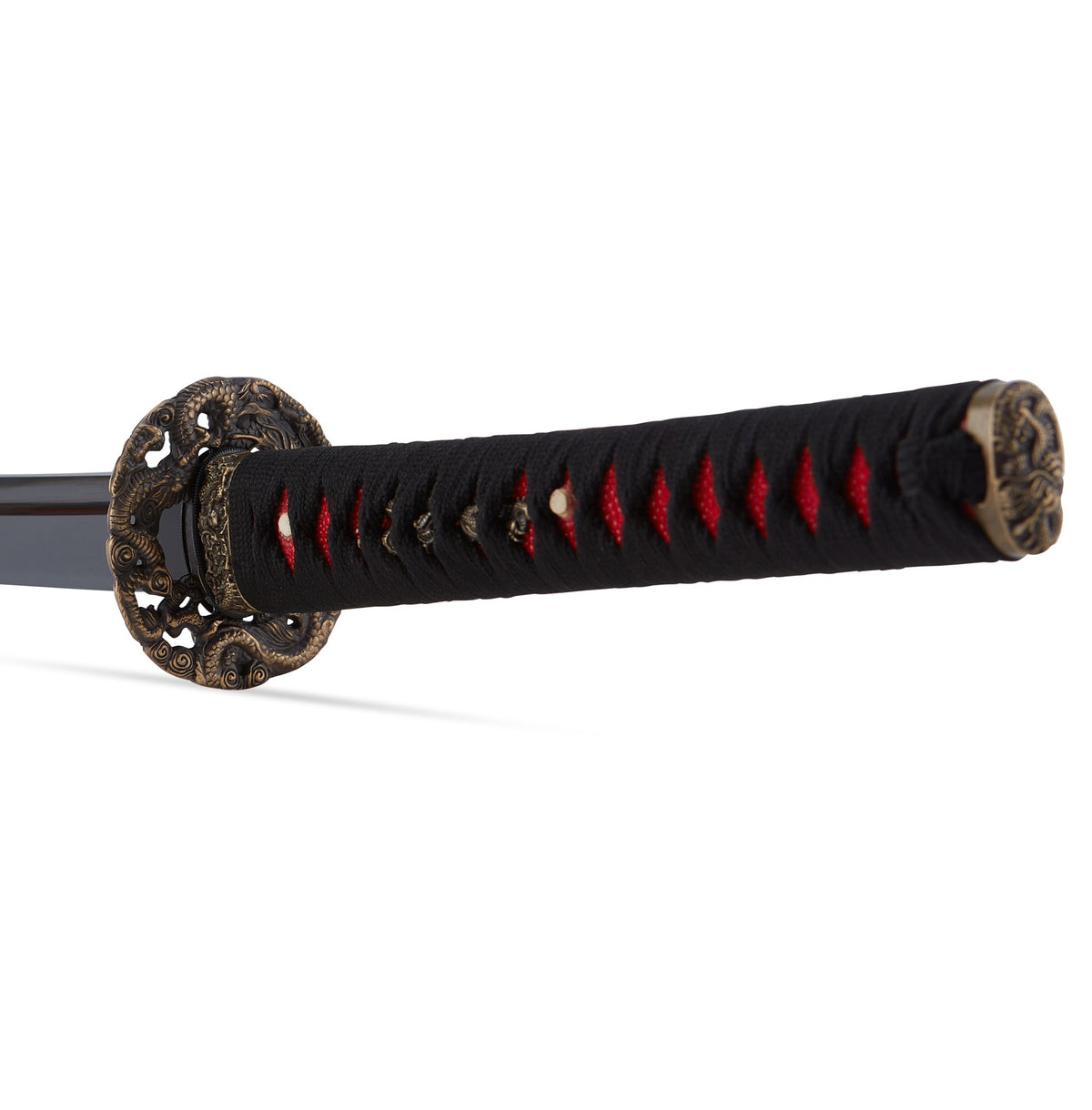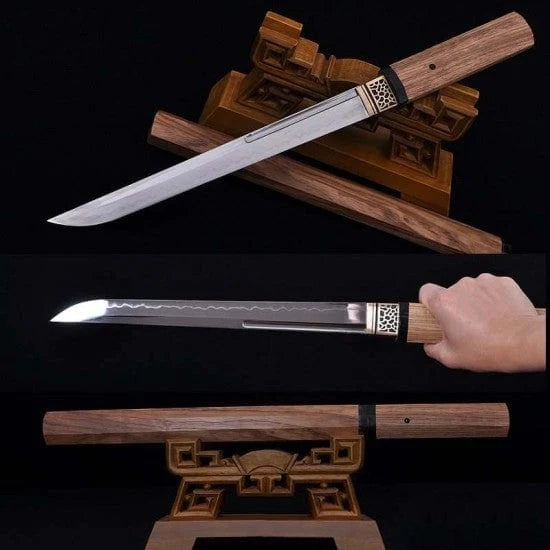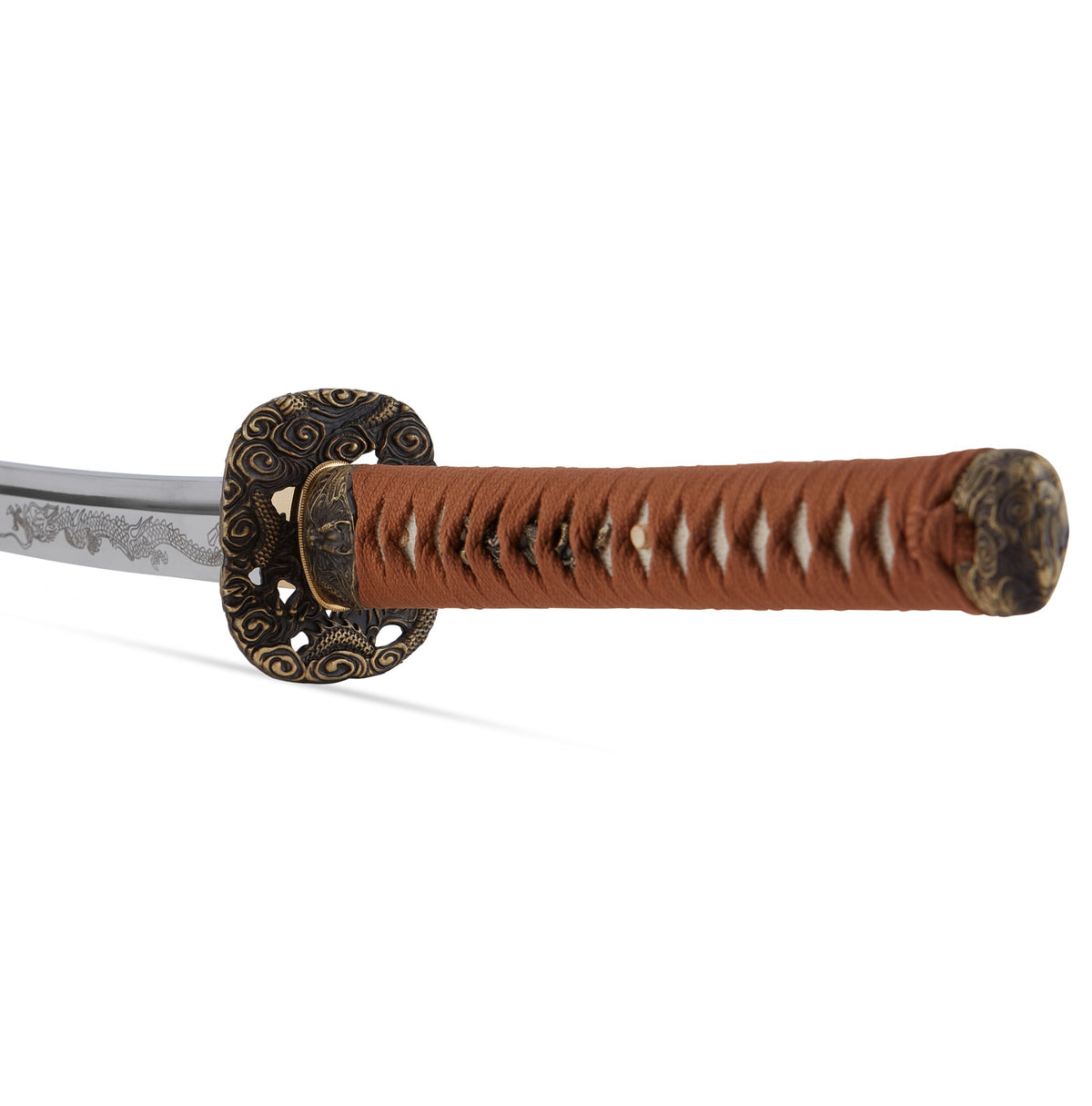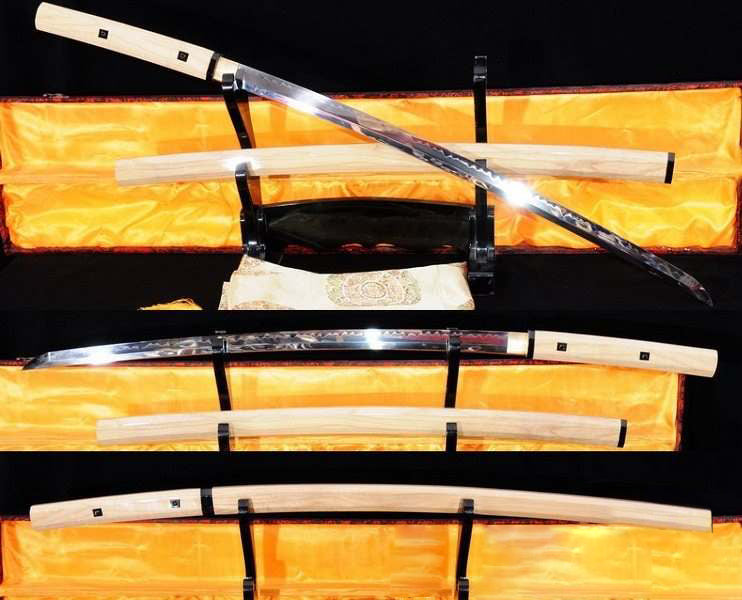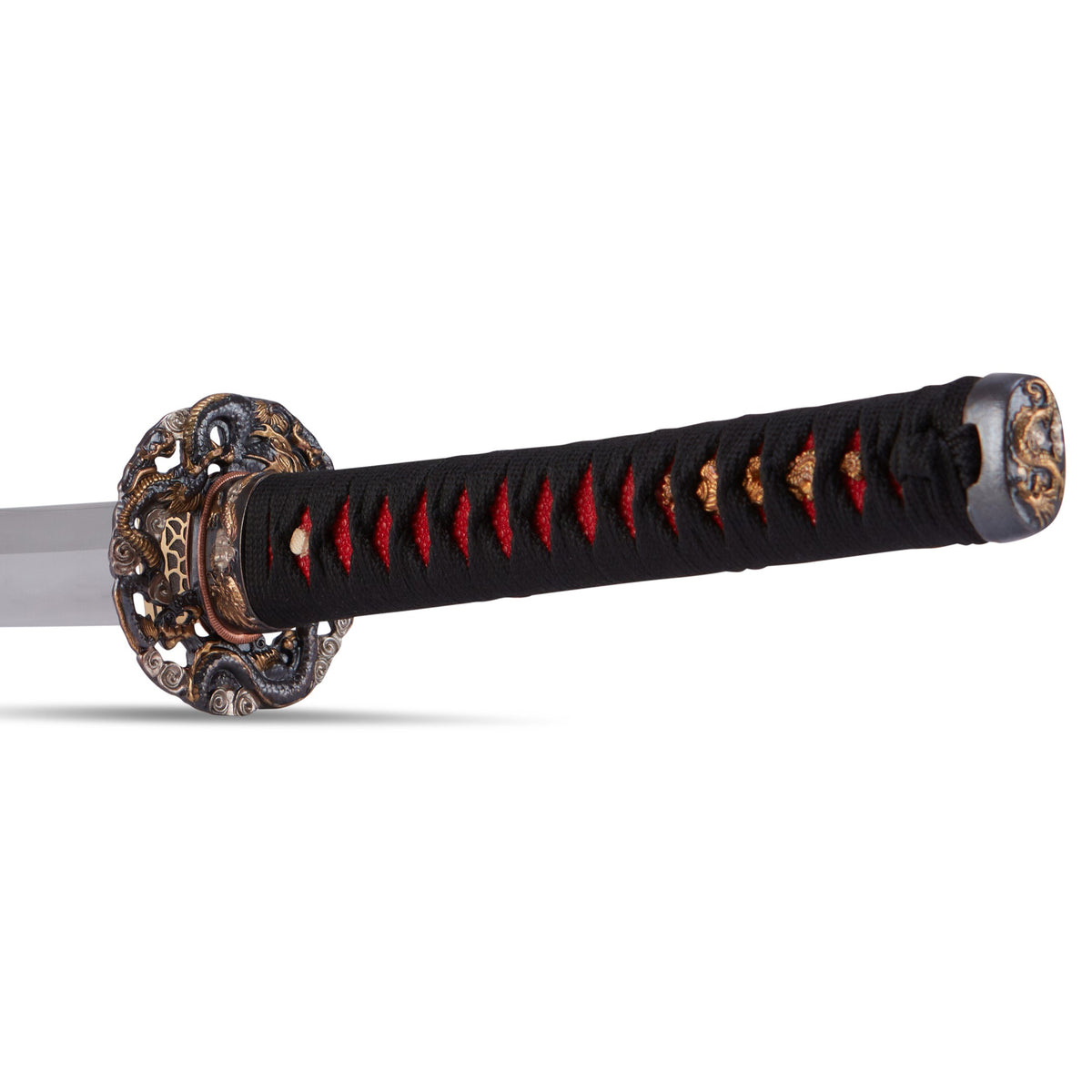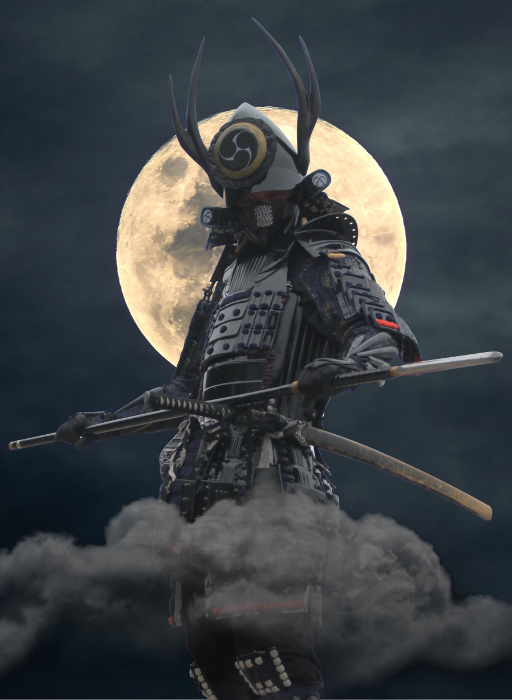Rise of Genghis Khan and the Mongol Empire

Genghis Khan rose to power through ruthless determination and brutal tactics. In the late 12th and early 13th century, Mongolia had no central government and was inhabited by several tribes of nomads, raiding and plundering each other's territory. One of these tribes was called the Khamag Mongols. In 1162, a boy is born into the Khamag tribe who would one day form the largest contiguous empire in history. His name is Genghis Khan.
Genghis, or Temujin as he was known for now, first gained power after his love Borte had been captured by one of the opposing tribes, the Merkits. Temujin reached out to his father’s sworn brother Toghrul, who was Khan of a fellow tribe, for help. Temujin managed to obtain 20,000 Keraite soldiers from this tribe which he would use to invade the Merkits. Alongside Toghrul, he also asked his childhood friend Jamukha to help him as he had also become Khan of his own tribe. The invasion was an overwhelming success and Borte would return to her husband, however, victory was bitter sweet as it caused a split between Jamukha and Temujin. They each began building their armies and gaining influence. Jamukha supported the aristocracy whereas Temujin thought that positions of authority should be awarded on the basis of skill, not blood.
It was during this time that a prophecy was told by the shaman Kokochu proclaiming that the eternal blue sky had promised the world to Temujin. This gained him enormous influence and increased his ranks which angered Jamukha. In response, Jamukha launched an army of 30,000 men to fight Temujin and won. Temujin may have lost the battle, but Jamukha was the real loser. He had ruined his reputation by boiling 70 men alive in cauldrons and scaring away potential supporters. After fleeing from the bitter loss, Temujin managed to survive. But the next 10 years of his life are a complete mystery.

Wax Sculpture of Jamukha
He finally reappears in the annals of history as an officer, taking part in an assault on the Tatars. Allied with the Chinese Jin Dynasty and the Keraites, they won a decisive victory. Thanks to this victory, Temujin was once again in a position of power.
1200 AD, it was three years later and the Mongols main rivals were the Naimans in the West, Merkits to the North, Tanguts to the South, and the Jin lurking in the East. It was during this time that a radical new idea by the Mongols would give them an advantage over their enemies. An equal playing field is what the Mongols promised. Anyone could rise up and gain wealth and power if they had the talent. One example of this is who was Jebe, an enemy archer who shot the Mongol leader with an arrow, almost killing him and instead of taking revenge, Temujin hired him. Temujin promised both civilian and soldier’s wealth from the wars they would fight. He also made sure to integrate the people of tribes he defeated in to his own which made him more powerful after every victory.
Over the next six years, he began conquering all the nomadic tribes in the Mongolia steppes, using a number of savage methods. After defeating the Tartars, he ordered that anyone taller than the linchpin of a wagon wheel would be slain, which essentially meant anyone older than a baby. This meant no Tartar would remember they were ever rivaled. Temujin made sure to destroy the identities of the people he captured and give them a new identity that would unite them under him. The other tribes attempted to create coalitions in order to try and stand against the Mongols, but it was never enough. His old friend and rival Jamukha was involved in many of the attempts to hold Temujin’s growing power.

He was now ruling 1,000,000 people and controlled a territory the size of modern-day Mongolia. He was renamed Genhis Khan which means ‘Universal Ruler’. Now Genghis was one of the most powerful men in the world, and had united the nomad tribes under him in unwavering loyalty. He turned his attention to the rest of the world now, and began to expand his empire. It’s impossible to explain how the Mongols managed to conquer the world so easily without talking about how shockingly efficient and well-trained Mongol soldiers really were. The army was mainly made of horse archers who could shoot with better timing and accuracy than any other force known to the world. They were taught to ride and shoot from a very young age. A Mongol would ride a galloping horse and wait for all of the horse’s hooves to be in the air before he shot. Although difficult to pull off, shooting this way gave them incredible accuracy.
The meritocratic system Genghis had introduced made it so the most talented and intelligent men were in charge of his forces, whereas most of the world still placed noblemen in charge. It was after this point that Genghis started his many military campaigns which would transform the world. The first campaign he started was the invasion of western Xia which bordered his territory. He gambled on the Jin who were closeby, not interfering. The Jin did nothing to help the Xia, despite their pleas for help. He started off launching a few raids, and then send the large invasion force in 1209. The invasion ended in the first month of 1210 when the western Xia dynasty surrendered to him.
In 1211, Genghis attacked the Jin. The Jin had a great opportunity to attack the Mongols but decided instead to send them a message. The messenger defected to the Mongols and gave them enough information to massacre the Jin forces with ease. Hundreds of thousands of Jin troops died. In 1215, they had captured the Jin capital which forced the Jin to abandon their entire northern empire in order to move their capital to Kaifeng.

After this, an old enemy named Kuchlug arose and took the Western Liao. Genghis may have worried that if he became too powerful he might become a threat. He wanted to destroy the Liao dynasty but his army was exhausted from fighting in China for so long. He decided he would send only 20,000 troops but they would be led by one of his greatest generals, Jebe. Jebe was a brilliant general, but even he couldn’t defeat Kuchlug with such a small army. Instead, he attacked indirectly and incited revolt within Kuchlug’s forces. This weakened them significantly and they were later defeated west of Kashgar. After conquering this new territory, they now bordered with Khwarezm, a powerful Islamic empire.
The Khwarezm empire caused Genghis Khan to become so enraged that he initiated an earth-shattering campaign, one of the worst genocides in human history. Genghis wanted to trade with the Khwarezm empire using the silk road and showed no intention of getting into a war with them. He sent a 500 man caravan to create a trading post with the empire. The caravan was attacked and looted by the governor there, Inalchuq. Genghis was annoyed by this and sent three ambassador to talk with the Shah. The Shah had all the men shaved and beheaded the only Muslim ambassador. His head was sent to Genghis Khan which enraged him beyond belief. He gathered 100,000 men and his most capable generals and launched the invasion.
Genghis asked for the Jin and Western Xia to help him with this war, but they turned their back on him. This was an insult Genghis would not forget to repay. The Khwarezm empire was divided, and in no state to defend such an invasion. Instead of having to deal with a large army, they only had to deal with the Khwarezm army bit by bit. Once Genghis got his hands on Inalchuq, the man who had initially insulted him, he poured molten silver into his eyes and ears as a brutal form of execution. He ordered his army to destroy towns, villages, and large populations of people. While attacking the city of Bukhara, he made all of the people who had managed to survive get into a large Mosque where he then told him he had been sent by god to punish them. After taking the city of Urgench alone, they killed 1.2 million people and enslaved many of the rest including the children.

After the destruction of the Khwarezm empire, Genghis sent his army in two directions, one through Russia into Azerbaijan and Armenia, led by Subutai and Jebe. Genghis led the main force himself into Afghanistan. Jebe and Subutai managed to destroy the kingdom of Persia, and led violent incursions into Crimea. Even capturing the trade fortress of Caffa.
While returning from the successful invasion, Subutai and Jebe were attacked by Mstislav the Bold at the Battle of Kalka River. Mstislav had been sent in order to stop the Mongols. Subutai led an army of 20,000 Mongols against the Russia army four times it’s size. The Mongol rear guard was defeated early in the battle, and so the rest of the horde was forced to retreat. Mstislav the Bold chased down the retreated Mongols with victory in his eyes. His army spread out as they attempted to catch them, a chase which lasted many days. Mstislav spotted Mongols in formation along the Kalka river and attacked without waiting for reinforcements. With his army in disarray and the Mongols ready and waiting, Mstislav quickly lost the battle and was forced to retreat back to a fortified camp.
He had fallen for a feigned retreat. Mstislav surrendered to Subutai with the agreement that neither he nor any of his men would be harmed. But to Mstislav’s dismay, the were all slaughtered upon leaving the camp, except Mstislav who managed to escape. Mstislav the Bold boldly ran away. Genghis called them back to Mongolia but Jebe died while traveling back to Samarkand. They had achieved their goal, which was more than just to conquer, it was a reconnaissance mission and on it they gained information about the spoils beyond the Bulgar territory which wet the Mongol’s appetite for future invasion of Europe.

Mstislav pictured on the left
Genghis still had unfinished business in China, fighting against the Western Xia and the Jin who had turned their back on him and formed a coalition. Mongol hordes tore through China, destroying cities, massacring armies, and when they finally surrendered to him, executing the entire imperial family. Genghis was a man who would happily forgive and reward his enemies but he had no tolerance for betrayal.
After Genghis Khan died in 1227, his children fought over the right to succeed him. The legitimacy of his elder son Jochi came into question. When Genghis rescued Borte from the Tartar, she was already pregnant with one of her captor’s sons. Genghis decided to ignore this and raised the son as his own, naming him Jochi. Out of Genghis’ four sons, Chagatai was the most outraged by Jochi’s illegitimacy. He made it clear that he would never accept Jochi as Khan and Genghis feared that he would even start a civil war if Jochi were to take charge, so does he decide to put Chagatai in charge instead? No, Chagatai had a temper and acted too irrationally. He couldn’t put a youngest in charge either, as appointing a youngest would have gone against Mongol culture. Instead, he put Ogedai in charge, as he was a neutral party and might be able to create order.
The empire grew further out in all directions under Ogedai’s rule. It then continued to grow under the next three Khans, Guyuk, Mongke, and Kublai, until 1294 when the empire was at it’s greatest extent that it’s unity finally reached breaking point. The empire was divided into four Khanates ruled by different khans, this was the Ilkhanate, the Yuan dynasty, the Golden Horde, and the Chagatai Khanate. This was the end of the Mongol empire’s rise and the beginning of it’s downfall.
Best Sellers
- Regular Price
- from $199.99
- Sale Price
- from $199.99
- Regular Price
-
- Unit Price
- per
- Regular Price
- from $299.00
- Sale Price
- from $299.00
- Regular Price
-
- Unit Price
- per
- Regular Price
- from $199.00
- Sale Price
- from $199.00
- Regular Price
-
$0.00
- Unit Price
- per
- Regular Price
- from $619.00
- Sale Price
- from $619.00
- Regular Price
-
- Unit Price
- per
- Regular Price
- from $319.00
- Sale Price
- from $319.00
- Regular Price
-
- Unit Price
- per
- Regular Price
- from $249.00
- Sale Price
- from $249.00
- Regular Price
-
- Unit Price
- per
- Regular Price
- from $339.00
- Sale Price
- from $339.00
- Regular Price
-
- Unit Price
- per
- Regular Price
- from $219.00
- Sale Price
- from $219.00
- Regular Price
-
- Unit Price
- per
- Regular Price
- from $364.00
- Sale Price
- from $364.00
- Regular Price
-
- Unit Price
- per
- Regular Price
- from $519.00
- Sale Price
- from $519.00
- Regular Price
-
- Unit Price
- per
